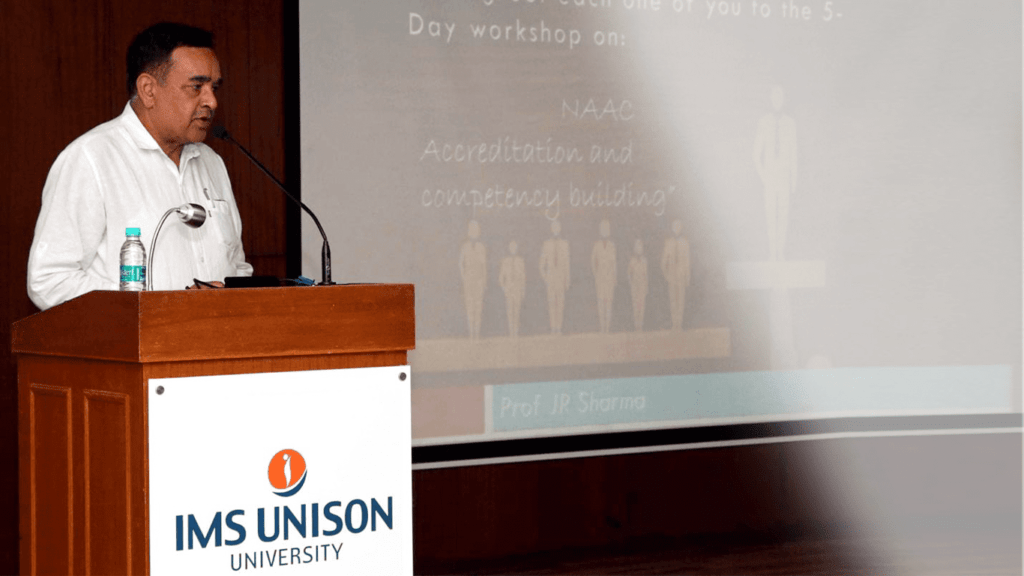The biggest COVID-19 effect on education is clearly seen in its major paradigm shift to Online teaching-learning. Here, I present a 10 Point clarity on the basic considerations leading to effective online teaching-learning.
1. A pedagogy must effectively engage a student by using the right mix of; (a) prior to class, asynchronously;(b) during class synchronously; and (c) after class, asynchronously.
2. Remember, long and drab lectures, poor connectivity, lengthy videos fail to hold the attention of students, be synchronous or asynchronous.
3. Choose writing of content for asynchronous wisely with a view to complement synchronous. For example, if you are using a ‘case study’ in an online live class, you can avoid this in a asynchronous content but if it is a theory class, you can upload variety of illustrations, examples, videos etc, in asynchronous content. In another example, as part of pre-class asynchronous, a poll or feedback of students can assist you in delivering ‘live’ sessions.
4. Be it any of the two methodologies, you must create peer group learning. Students be turned into specific study teams and project groups to interact with each other which at the first place require a certain level of familiarity which a teacher must ensure. Hence, it is not plain online one sided talk. However, don’t keep peer activity a loose rag-tag unstructured one or else some students would be left out without effective participation which is not desirable.
5. Use digital features such as ‘breakout rooms’, the chat function, ‘no back row’ ‘raise your hand’ and the like.
6. To develop Asynchronous content keep in mind (a) Does it provoke curiosity and pushes students to think, analyse and take decision (b) How can you develop ability in students to develop and transform innovative ideas and concepts (c) How does a given concept generalises beyond a particular application ?
7. It is not necessary to have high quality videos. There are other tools, such as reflections, polls, articles, discussions simulators, 3-D visuals, graphics which can be incorporated in LMS if not AI, VR or Animation which require advanced development effort. Yes, bring interactive features into them like, online discussion and instant feedback.
8. Keep teaching tools simple. See what objective you are looking to attain and accomplish and whether you can achieve the same with simple but effective tools which capture the focus and imagination of your students.
9. Create opportunities for your students to be ‘click away’; be it a faculty or external digital resource.
10. Undertake a mix of low stake and high stake or even zero stake assessment, relying less on rote learning and more on concepts and innovative solutions.
Best wishes
Prof JR Sharma












